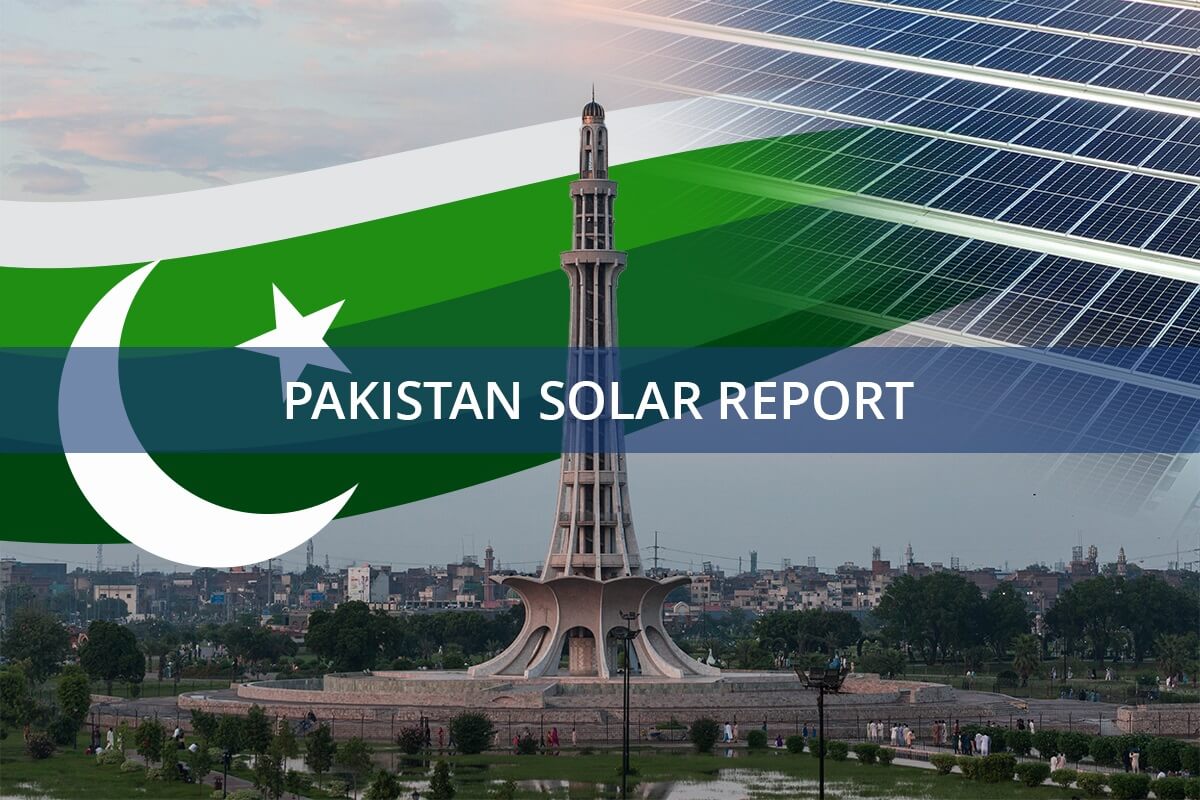Pakistan is poised to significantly alter its solar energy landscape by potentially cutting the net metering feed-in tariff by more than half, reducing it to approximately 11.30 rupees per kilowatt-hour. This proposed change aims to address the growing financial strain on power distribution companies (DISCOs) and rebalance the costs borne by all electricity consumers.
Proposed Reduction in Pakistan solar net metering
The Central Power Purchasing Agency (CPPA), with support from the Ministry of Energy’s Power Division, has recommended a substantial reduction in the solar net metering feed-in tariff. The proposal suggests a cut from the current rate of around 22-23 rupees/kWh to 11.30 rupees/kWh. This move is currently awaiting final approval from the National Electric Power Regulatory Authority (NEPRA).
Net metering allows consumers with solar panel installations to sell their surplus electricity back to the national grid. However, the rapid success and adoption of this policy have led to unintended financial consequences. The CPPA and DISCOs argue that the current high tariff is unsustainable. They contend that as more affluent consumers shift to solar, they reduce their payments to the grid but continue to rely on it for stability and backup power without contributing to its fixed costs, such as transmission and capacity charges. This financial burden is then shifted to non-solar consumers.
In addition to the tariff reduction, DISCOs are also pushing for the imposition of fixed charges on solar net metering users to help recover these revenue losses and ensure the grid’s financial viability.
Impact on Solar Energy Sector in Pakistan solar net metering
The proposed cut has understandably sparked concerns among solar energy advocates. The Pakistan Solar Association (PSA) has warned that such a drastic reduction could stifle the growth of net metering, which has been a primary driver for households and businesses to invest in solar. The PSA’s secretary-general, Shahid Ghafoor, emphasized that the current tariff has been instrumental in the sector’s expansion, which has seen Pakistan’s net-metering solar capacity surpass 4 GW.
Despite these concerns, officials argue the adjustment is crucial to prevent further financial strain on the power sector. They highlight that the current buyback rate is significantly higher than the average cost of electricity from other sources, creating an economic imbalance. This isn’t the first attempt to adjust the rates; an earlier proposal was met with significant public backlash and was subsequently rejected by Prime Minister Shehbaz Sharif, indicating the political sensitivity of the issue.
Industry Reactions and Future Prospects for Pakistan solar net metering
Despite the potential reduction, some solar industry leaders remain optimistic. Khurram Zafar, CEO of a leading solar company, believes the fundamental drivers for solar adoption in Pakistan will persist. He argues that the combination of falling prices for solar panels and batteries, along with government incentives like the solar panel duty exemption policy, will continue to make solar an attractive investment. The ever-increasing cost of grid electricity further strengthens the economic case for self-generation.
Zafar points out that even with a lower tariff, solar energy offers substantial cost savings, with investment payback periods still falling within an attractive three-to-four-year range. The environmental benefits, including reduced reliance on fossil fuels and lower carbon emissions, also remain a key advantage. The massive boom in installations, driven by citizens frustrated with an unreliable grid, has been a testament to this demand, though it also raises questions about Pakistan’s solar grid stability.
Broader Implications of Pakistan solar net metering
The proposed tariff reduction highlights a classic challenge in the global energy transition: balancing the promotion of renewable energy with the economic sustainability of the existing power infrastructure. The success of Pakistan’s solar initiatives has brought these structural issues to the forefront.
While the cut aims to address immediate financial pressures, it also opens a broader conversation about the future of energy policy. Discussions now include the possibility of transitioning to a gross metering system or introducing fixed network usage charges to ensure all users contribute fairly to the grid’s upkeep. As Pakistan continues its journey toward a cleaner energy mix, with projections suggesting solar power could reach 25% of utility supply, striking the right policy balance will be critical. The outcome of this tariff review will undoubtedly shape the trajectory of the country’s vibrant solar sector for years to come.
To better understand the technology driving this energy revolution, from the basics of solar panel manufacturing to the final installation, explore our in-depth resources. If you are considering entering the solar industry yourself, you can start your journey with our free e-course on solar panel manufacturing.



